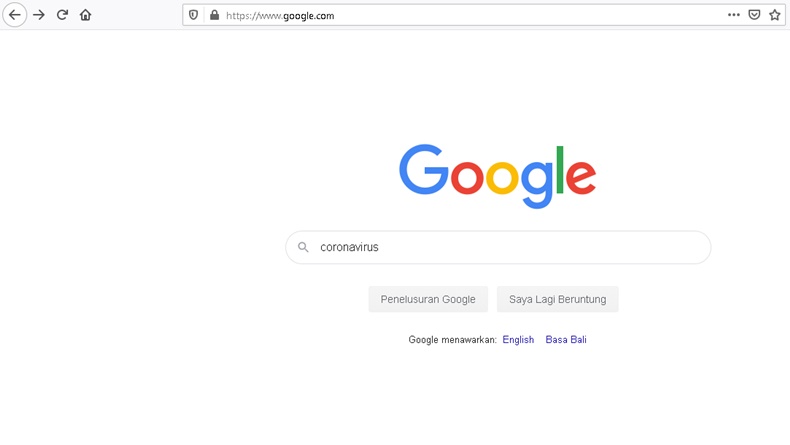
Assessment centers are noted with a special marker on the map to help people quickly and easily identify the location closest to them. To help people find locations to receive assessments for COVID-19, they’ve added information about COVID-19 assessment centers to the platform. Their iamsick.ca platform provides a centralized resource for Canadians to easily find family doctors accepting new patients, walk-in clinics, wellness clinics, pharmacies and hospitals–anytime, any day. Find a nearby donation site at .Įmpower Health develops technology platforms that help patients find the care they need and help healthcare providers deliver the best quality of service to patients. By mapping the PPE shortage and providing open data infrastructure, the site supports a wide range of grassroots efforts to move masks, gloves, thermometers, and even baby monitors out of basements to the frontlines where they can protect the workers who are taking care of us. #findthemasks was built by volunteers to connect donors who have personal protective equipment (PPE) to the healthcare facilities, group homes, and shelters most in need of it. Since launch, the site has had over 9,300,000 page views. In addition to providing a detailed visualization of COVID-19’s global presence, the site provides information about the background of the virus, global travel restrictions, a historical timeline of how the virus has spread, and more. The website, which aggregates data from more than 17 authoritative sources, was created by undergraduates at Stanford, University of Virginia, and Virginia Tech. TrackCorona provides up-to-date, global information to help fight the pandemic. Today we’re sharing a few examples of the websites that use the Maps JavaScript API, marker clustering, and Google Maps Platform place data to help visualize important data and places to support their communities.

As communities and businesses reacted to changing consumer behavior and needs, our community responded by visualizing other data points that could help people find essential goods and services. The first wave of COVID-19 response efforts we saw from our community of independent developers, non-profit organizations, government agencies and technology companies, was the visualization of virus spread to help the world understand the impact geographically. To thank the organizations that are building tools to help us through, in the coming weeks we’ll highlight some of the many projects our customers have created to support their communities.

You'll also still be able to find places like testing sites and vaccine centers on Maps.Editor’s Note: Over the past few months we’ve seen an inspiring response to COVID-19 from our community. Since then, as people around the world have gained increased access to COVID-19 vaccines, testing, and other resources, their information needs have evolved as well.Īs a result of declining usage, the COVID-19 layer is no longer available on Google Maps for mobile and web as of September 2022, but you can still find the latest helpful information about COVID-19, such as variants, vaccination, testing, prevention and more, on Google Search. We launched the COVID-19 layer in 2020 to help people learn about how COVID cases were trending in an area. Businesses may ask for payment at the time of booking or when they deliver the service.In the pop-up window that appears, fill out the required info.You can also select a staff member later if you modify your booking. For example, you might select a favorite yoga instructor. For businesses that let you book individual staff members: Under "Staff," you can select your preferred staff member.Online classes and services are marked with an "Online services" icon.Find and select the Business Profile where you want to make a booking and click Book online.


 0 kommentar(er)
0 kommentar(er)
